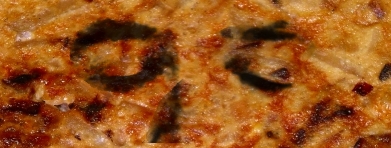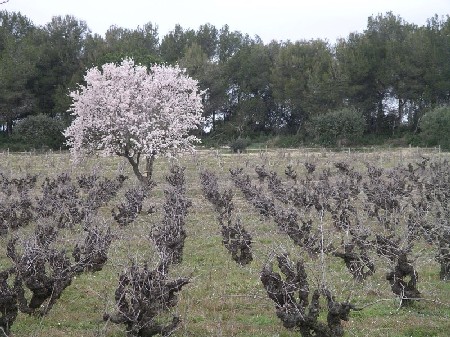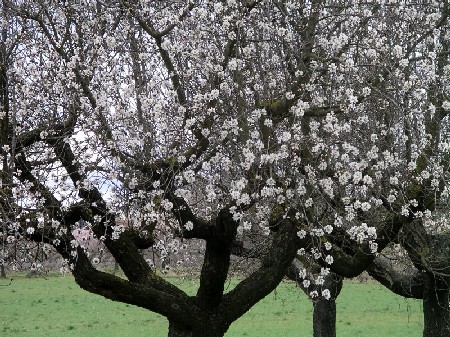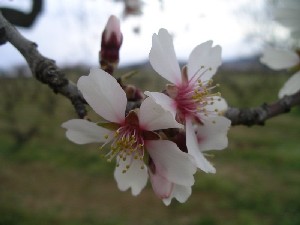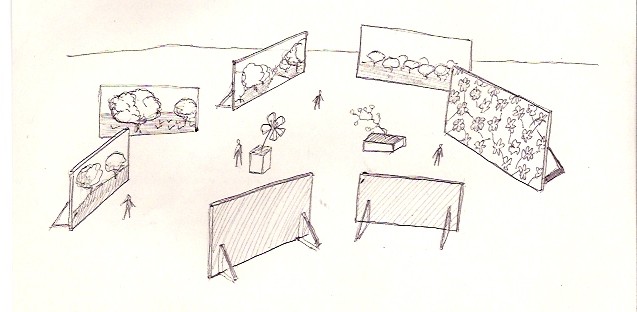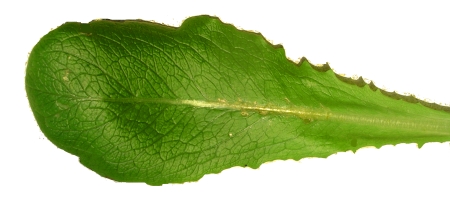What would be the “lunch ceremony” like?
Guests would get rid of sweat and dust before entering in the shade inside the cabin. A wooden table, not varnished. Some fresh water, and black olives. An equivalent of Sen Rikyu, the most famous of Tea masters, our “lunch master” could suggest that, in order to reach the highest refinement peak, guests would have been given the opportunity to choose a tomato from the orchard, a tomato in the precise point of the maturing process. The items, simple glasses and ceramic plates. If Hamada Shoji promoted a revival of Mashiko popular ceramics, someone could do the same “la Bisbal” products. Now the guests would go out to the garden while the host cooks an omelette with potato and onion. Of course, potato and onions must have been prepared before, its elaboration is slow. The omelette finished, the guests reenter. The host offers each one a helping and red wine to drink. If the orchard provides good lettuces a salad can be proposed.
The “Lunch Master” would remark that, in tasting the omelette, we must concentrate in its exact savour, the cooking point of the egg, which has to be as raw as possible while holding some consistency. Following Zen buddhism, we empty our minds of all desirem anxiety or obsessions and do concentrate, this time, not in breath or body position like in Zazen, but in the omelette experience, taste, temperature, texture, the diversity of components that form an unity, eggs, potato, onion; and some possible variants like spinach or marrow. The quick evolution of the temperature reminds us of how ephemeral wordly things are and the convenience of living the concrete present forgetting about the desires that may obsede us. It is odd that the catalan popular expression “omelette dreaming” means just the opposite: to believe that something desired is attainable although it can be impossible: “the one who is hungry dreams of omelettes”. The omelette-Zen buddhism of the “Lunch Ceremony” points to the contrary: Don’t think about omelettes if you can’t have them, and don’t about anything but the omelette when you are eating it.
The choice of olives, water, wine, ceramic items and last but no least the elaboration of the omelette constitute formidable esthetic challenges to be addressed by the “Lunch Ceremony” adept. It remains to study how could be adapted the tradition of the hanging scroll with a painting and a buddhist inscription. The format most usual here is oil painting which is not as suitable for a quick change. And latin characters will never match the expressiveness of xinese or japanese ideograms. We could start with a collection of watercolours, engravings or photos, related with the flow of seasons. The host would copy some suitable verses as caption in good calligraphy.
In the meanwhile, at leat I have already the right lettuce to begin with.
And I believe that somehow a nap should be added to the ritual. But still don’t know how.
